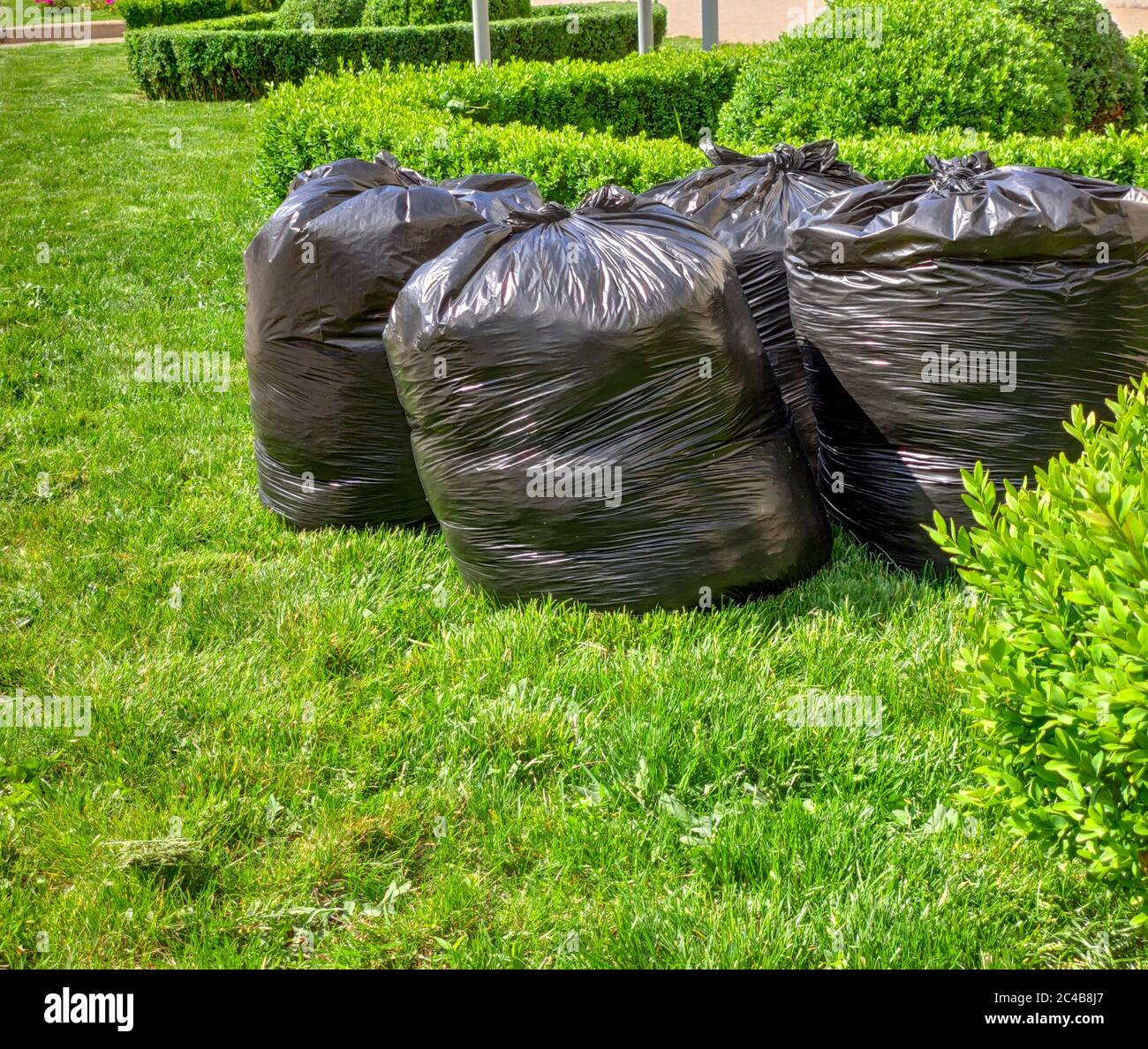

Dumping yard waste is banned in some states, and leaving yard clippings all over the road can get you in trouble with some local authorities.

Letting the lawn naturally decompose clippings is much easier. Less work - raking, bagging, and handling the clippings can take a lot of time and effort.This is sometimes referred to as "grasscycling." Despite popular belief, leaving clippings in the yard won't contribute to thatch. Healthy for your lawn - clippings are returned to the lawn, providing nutrients and helping the soil retain moisture.They will eventually make their way back down into your lawn. If you have a mulching kit to plug the chute, the cut grass blades will recirculate inside the deck, allowing them to be cut into finer pieces. The difference in mulching and discharging is in the chute (and blades). Leaving the clippings (mulching & discharging)Īll mowers are capable of discharging and will have a chute on the side or back for grass clippings to exit. We'll go over the pros and cons of each and let you decide. Leaving the clippings in the yard is almost always best, but in some situations, you may choose to bag them. If you leave clippings on the yard after mowing, you've fed and watered it with no extra work required. Grass blades are composed of about 85% water, with other organic matter and nutrients, like nitrogen, phosphorus, and potassium, making up the rest. They make good composting material.Are you mowing, watering, and fertilizing your lawn at the same time? Believe it or not, you may already be doing it. If you have a good use for the clippings.If you have kids and dogs tracking lawn clippings all over your house, the health of your lawn may not be worth the mess.If grass gets too long and you will be cutting off more than 1/3 of a blade, then bag it.Mulching could spread the disease all over your yard. Don’t mulch if you suspect you may have some kind of a fungus or other lawn disease.Dull blades can damage grass and make it look uneven. Sharp lawnmower blades make a cut lawn look beautifully sculpted. The tip is 1/3 water, so good for the health of your lawn. Mow often, only cutting the top 1/3 off a blade of grass.Clumps don’t look good on your lawn and limit the sunlight and nutrients the grass below the clump receives. No one likes the look of dried out clippings sitting on top of grass. If you leave long clippings on your lawn, they don’t absorb into the lawn like shorter mulched grass does. When you mow less often your grass is much longer. If your habit is to mow less often, 2-3 times a month, your best bet is to bag your clippings. They are heavy to carry, and they fill up your garbage can (and the landfill). It will definitely improve the look of the lawn. Mulching every time you mow is like giving your lawn a fertilizer bath (but you don’t have to pay for the fertilizer!). If you mow often, meaning 1-2 times per week, mulching is the best choice for your lawn. What are your mowing habits?Īs for the question of whether to bag or mulch, it depends on your mowing habits. If you let your lawn grow long and then you scalp it short, you put your grass into a state of stress that can affect its health and can turn it more yellow than you want. What we do realize, is that a good looking lawn is one of the best landscaping tips for a beautiful lawn.įor lawns to remain healthy, they should be cut down only 1/3 of the length of a blade of grass. There’s a lot of grass to take care of in Northern Utah! What is the best way to keep grass looking thick and green, even in the intense heat and dryness? Well, watering your lawn deeply a few days a week is a great way to start, but the way you cut your lawn is also more important than you may realize. Walking around your neighborhood you will probably hear a few birds chirping, the hum of air conditioning units, and the buzz of lawn mowers.

Here in Utah the 90 to 100 degree days outnumber the rainy ones. Should I Bag or Mulch My Lawn Clippings? It depends…


 0 kommentar(er)
0 kommentar(er)
